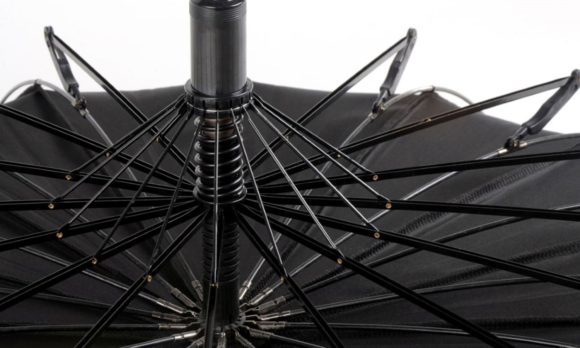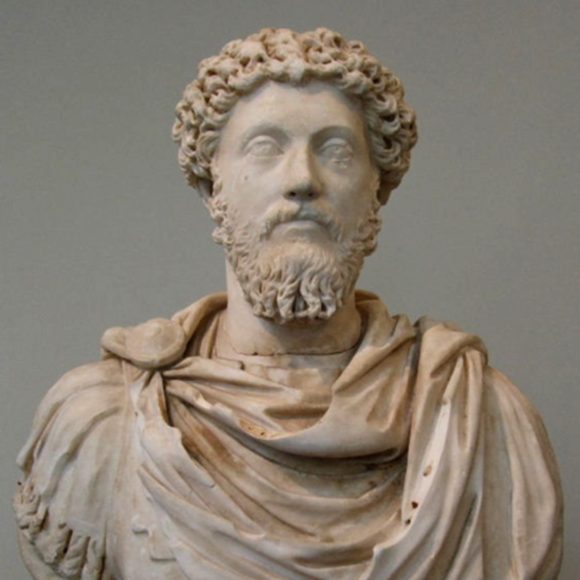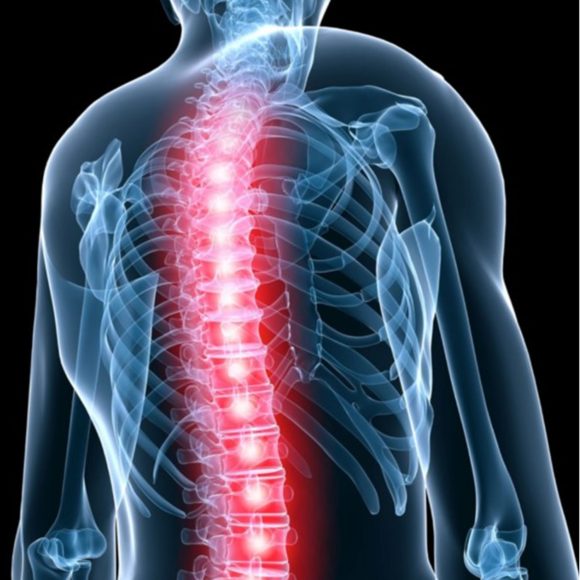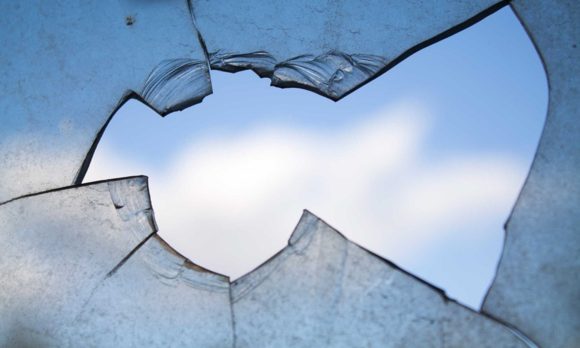
Karate Potential v. High Performance. The karate institution, the organization, regardless of the system is under the, “Karate Institution” umbrella. For our purposes, every system is the same. It isn’t about how you hold your fist; it is about the principle of competency. Competency is desired in every martial arts system across the planet. That is the umbrella of competency.

Engaged Instructors
Instructors are engaging with the students in their school as they are becoming the best they can be. Often establishing high expectations are establishing goals set.
The students, students strive to rise to the expectations and the goals. Learning and working to integrate the philosophy, strategy, and techniques.
The issue is the orientation of the overseer, what they see as important. That focus falls into two categories, potential versus high performance. These are not mutually exclusive, karate potential v. high-performance overlap, yet.
High-Performance Over Potential
If a group, teacher, or student focuses on one exclusively, high-performance over potential, distortion happens. The gifted athlete who can do all movements and patterns with little effort can’t help but draw the attention of the instructor. When those students are persistent the organization and others outside of the organization will take note.

Years ago, Karate Illustrated Magazine would post the names of the top Kumite fighters by region in every monthly issue. The reward system was in place. Do well, see your name in print.

And there is the basic rule; if you reward something you will get more of it. High-performance has a fast reward system. Instructors and organizations reward quickly high-performance.
Potential is not always obvious. It is all about, taking on work, observation, and more observation before an investment of time is made.
This is where the two paths are exclusive to one another. Potential is harder to measure and the prediction of the outcome is anybody’s guess. Seeing high-performance and latching oneself to the high-performance is easy lifting.
It appears I am saying potential is greater than high-performance. I am not; I am saying potential is more difficult to witness. Since karate is an individual pursuit it has a different quality. The individual potential is different than the setting of a team situation.
No Clock

Whether Karate potential v. high performance in an individual situation, as karate is, there is no timeline. Karate has no season for which to prepare. Nobody else is dependent on the abilities of the practitioner.
In a world of cruel, painful judgment, karate is different. Karate can be the place where a person can explore their potential. The person can discover their path under the guidance and supportive discovery of a good teacher.
The master teacher has been gifted this orientation from a previous master teacher. Or the teacher has worked to earn it for themselves. The master teacher sees performance and potential, not just having an eye for one over the other.
Stories bringing up emotions are stories of hidden or unobserved potential brought to the light.
Karate Potential v. High Performance, They are Different
It is incredible to be in the presence of high-performance. It is a wonderful energy. Potential is a different energy and requires injections of your energy. One is about guided energy and one is often about interjecting some of your energy as a teacher into the equation of potential.
Potential is attracting to me. Potential is more rewarding in my view. The gains appear higher and the results are diverse often veering into the unanticipated areas.
I enjoy both of these worlds and the requirements of each, I suspect you do as well. But now they are brought out into the light. Resulting in clarity at three levels, Organization, schools, and individuals as well seek to make those that are great, exceptional. And those that grid it out, better in tangible ways.
A few other topics that are inline with your interests.
See how we can connect. Click on my picture.
KRIS WILDER
Kris Wilder is a martial artist based in Seattle Washington. He has authored many martial art books, including the classic, The Way of Kata. Making no apologies for his obsession of Football he can be found telling any who will listen about the nuances of the Canadian Football League.












































